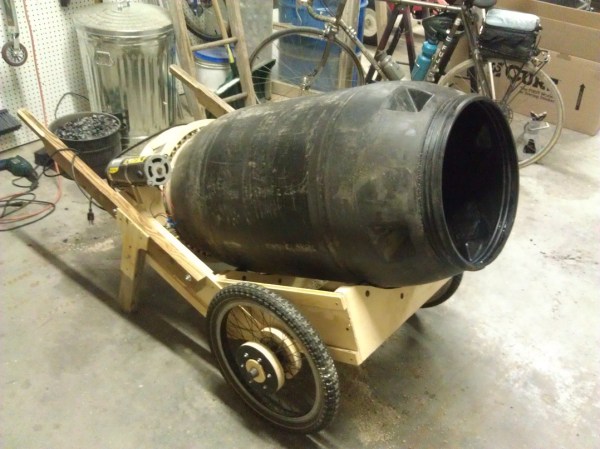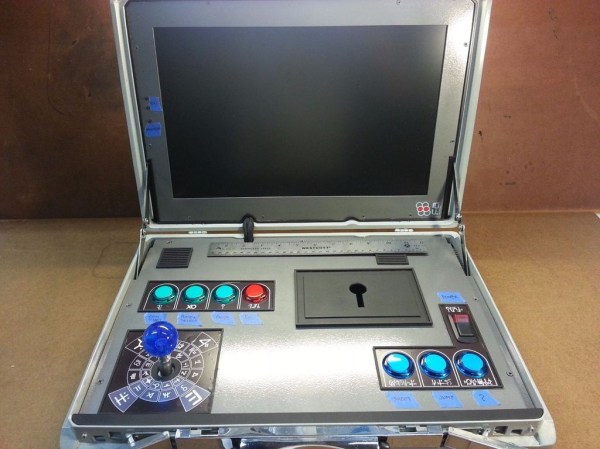A lot of young athletes who get concussions each year go undiagnosed, leading to brain injury. [Hunter Scott] is working on a device called Impact to help detect these events early. According to this article which discusses the issue of concussion recognition and evaluation, “Early identification on the sports sideline of suspected concussion is critical because, in most cases, athletes who are immediately removed from contact or collision sports after suffering a concussion or other traumatic brain injury will recover without incident fairly quickly. If an athlete is allowed to keep playing, however, their recovery is likely to take longer, and they are at increased risk of long-term problems”
The device is a dime sized disk, which has an ATTiny85 microcontroller, memory to hold data, an accelerometer and a LED which gets activated when the preset impact threshold is breached, all driven by a coin cell. This small size allows it to be easily embedded in sports equipment such as helmets. At the end of a game, if the LED is blinking, the player is then screened for a concussion. For additional analysis, data stored on the on-board memory can be downloaded. This can be done by a pogo-pin based docking station, which is what [Hunter Scott] is still working on.
He’s having a functional problem that needs fixing. The ATTiny85 cannot be programmed with the accelerometer populated. He first needs to populate the ATTiny85, program it, and then populate the accelerometer. He’s working in fixing that, but if you have any suggestions, chime in on the comments below. We’d like to add that [Hunter] is a prolific hacker. His project, the Ultra-wideband radio module was a Hackaday Prize semi-finalist last year.



























